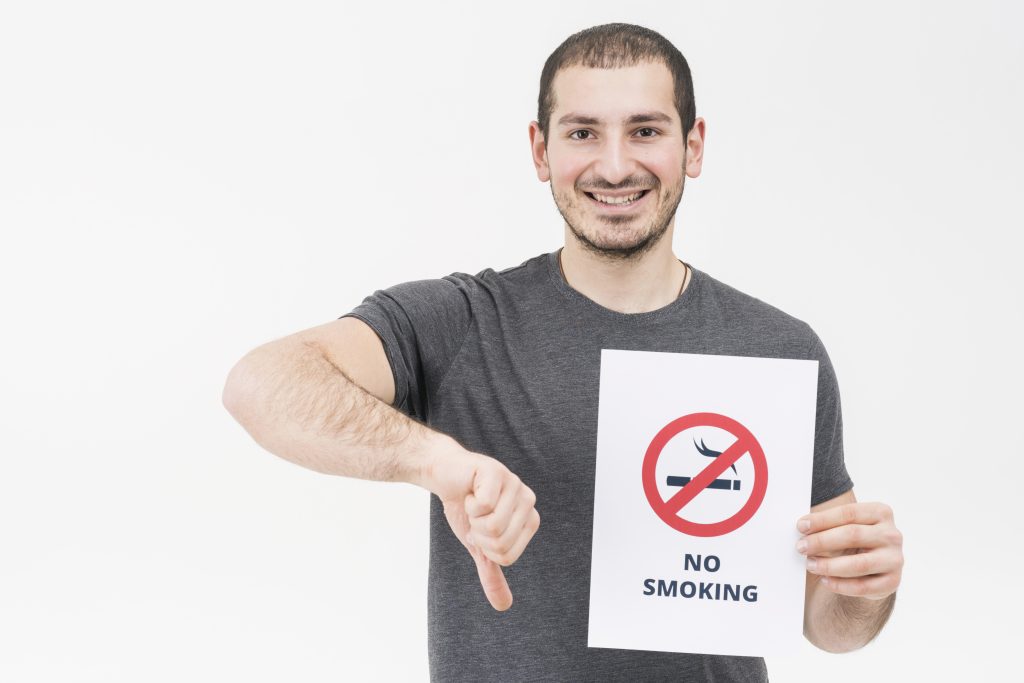Air pollution is a subtle, widespread threat to human health. It greatly increases the risk of many diseases, including lung cancer. There is growing interest in the link between air pollution and lung cancer. Researchers, doctors, and lawmakers are focusing on it. This article looks at the link between lung cancer and air pollution. It explains how pollutants harm lung health and cause cancer. It also covers their public health risks.
What Causes Air Pollution?
Air pollution contains many chemicals. This includes particulate matter (PM), nitrogen oxides (NOx), Sulphur dioxide (SO2), volatile organic compounds (VOCs), and heavy metals. Sources of these pollutants include home burning, automobile exhaust, and industrial emissions. Environmental events such as large scale construction work in developing countries, natural disasters like dust storms and wildfires are also among the contributing factors. PM2.5 is one of the major concerns. Its particles are 2.5 micrometers or smaller. They can infiltrate the circulation and penetrate deep into the lungs.
Mechanisms Connecting Lung Cancer to Air Pollution
There exist various mechanisms associated with the carcinogenic activity of air pollutants.
- DNA damage can be directly caused by metabolites of chemicals in air pollution ; they have the potential to cause gene mutation. They generate reactive oxygen species (ROS) which causes oxidative stress, and DNA mutations and potentially lead to cancer.
- Inflammation: Long-term exposure to air pollution leads to chronic respiratory tract inflammation. This response increases the rate of cell proliferation and inhibits programmed cell death. It enhances a microenvironment that promotes the growth and progression of tumors.
- Epigenetic changes may be brought about by air pollution. They include histone modification and DNA methylation. They misregulate the expression of genes. These could be the changes driving cancer by turning on oncogenes or turning off tumor suppressor genes.
- The chemicals may damage the immune system’s capability to defend against cancer. This therefore increases the potential risk of lung cancer.
Evidence from Epidemiology
Several studies have firmly identified a casual relationship between air pollution and lung cancer. For example, one key epidemiological study by International Agency for Research on Cancer (IARC) resolved the effect of outdoor air pollution as carcinogenic to human beings—that is, Group 1 carcinogenic. This grouping relies on supporting evidence from cohort studies and meta-analyses showing an increased risk for lung cancer in populations exposed to higher levels of air pollution.
The longer the exposure to PM2.5, the more cases of lung cancer there will be. This has already been well established. According to one research article published in “The Lancet Oncology”, for every 10 µg/m³ increment in PM2.5 concentration, there is a corresponding increase of 36% in lung cancer risk. Nitrogen dioxide a traffic-related air pollutant been associated with an increased risk for lung cancer.
Populations at Risk
Some demographics are more vulnerable to air pollution’s link to lung cancer.
- Urban Residents: Urban areas have heavy traffic, factories, and construction. So, residents are more likely to be exposed to pollutants. Urbanization often worsens air quality, raising lung cancer risk in city dwellers.
- Children and the elderly are especially vulnerable to air pollution. Lungs in children are still maturing, and they have a high air intake relative to their weight. On the other side, air pollution can aggravate pre-existing medical issues in the elderly, increasing their risk of lung cancer.
- Workers in manufacturing, construction, and mining face higher pollution levels. The chance of developing lung cancer is greatly increased by these occupational exposures.
- Genetically Predisposed People: Their genes may make them more vulnerable to pollution’s cancer-causing effects. DNA repair and detoxification genes can vary. These variations can affect a person’s susceptibility.
Strategies for Mitigation and Prevention
We need an interdisciplinary strategy to address the link between air pollution and lung cancer.
Governments must promote policies to limit emissions from cars, industries, and other sources. They must enforce strict air quality regulations. Reducing dangerous air contaminants can greatly lower lung cancer risk.
- Urban Planning: People can improve city air by enhancing public transport, creating more green space, and reducing traffic.
- Public Awareness: People can reduce health risks by informing the public about air pollution. People should limit exposure. Use air purifiers and masks on high pollution days. Stay indoors when air quality is low.
- Technological Innovations: Electric cars, clean energy, and air purifiers can reduce air pollution.
- Healthcare Initiatives: Lung cancer outcomes can be enhanced by early detection and treatment.
A plan to prevent lung cancer must include:
- Greater access to healthcare.
- Routine tests for high-risk people.
Conclusion
Lung cancer and air pollution are linked. So, we must urgently address air quality. By understanding how pollutants cause lung cancer, we can save lives. We can also reduce the burden of this terrible disease. We must then use effective ways to reduce pollution. We must collaborate to create a healthier, cleaner environment for all. This includes individuals, communities, and policymakers.






